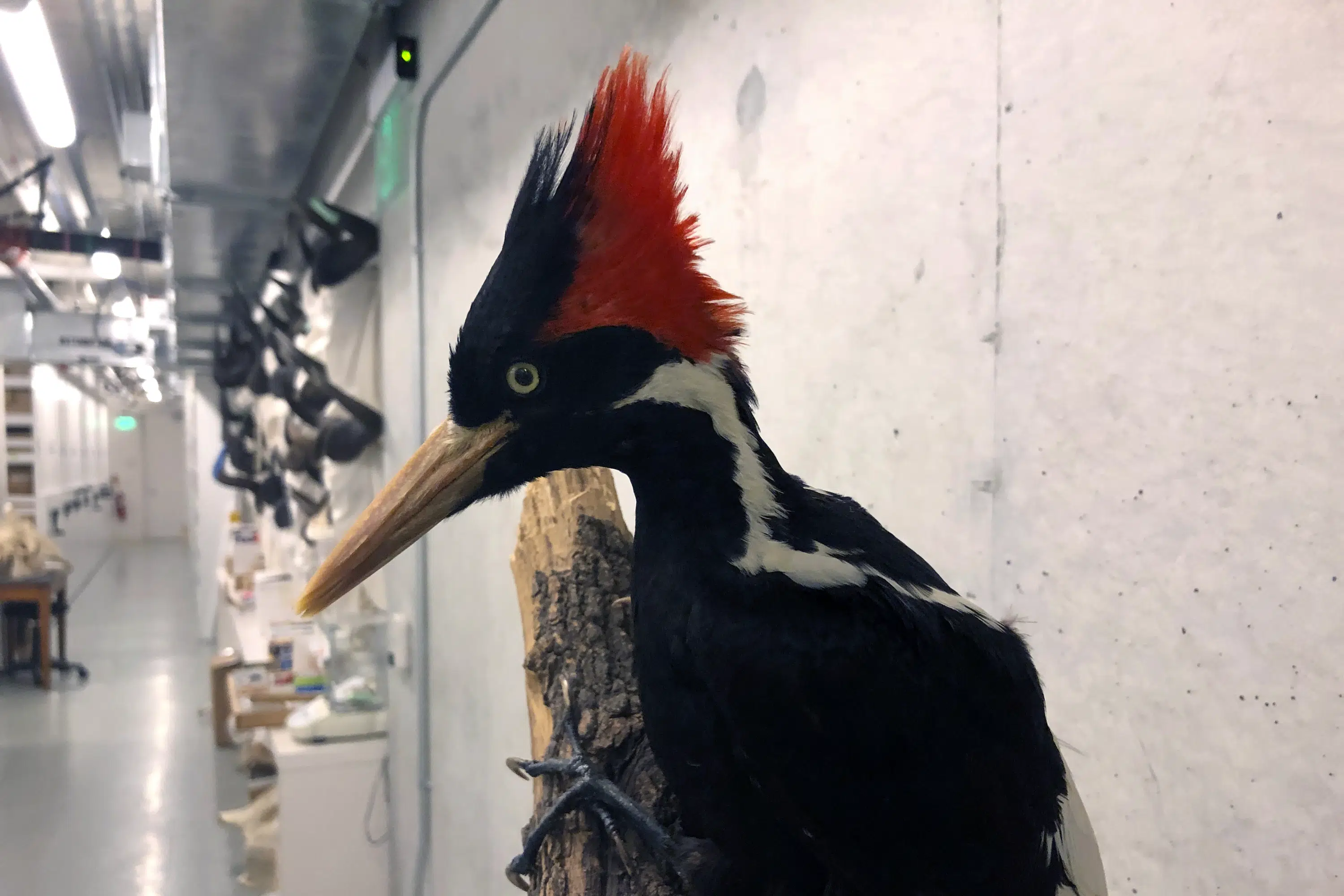Bandit
New member
LMAO dan they have interesting opinions but need to express it a little less agressively
Follow along with the video below to see how to install our site as a web app on your home screen.
Note: This feature may not be available in some browsers.
